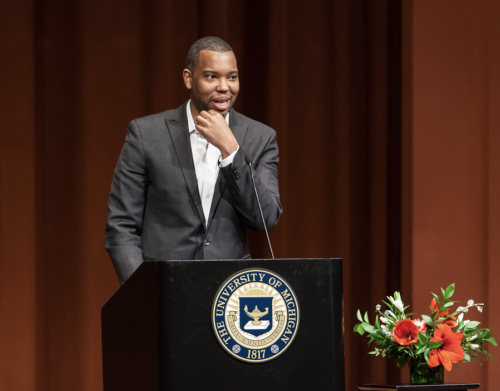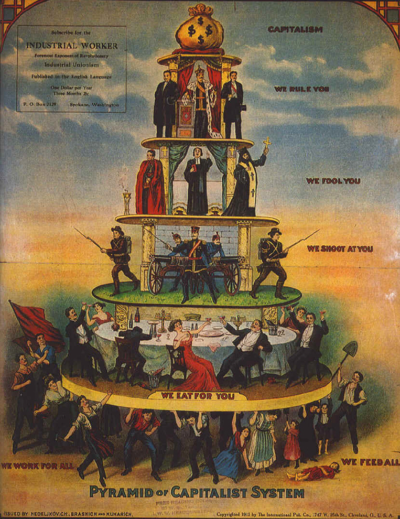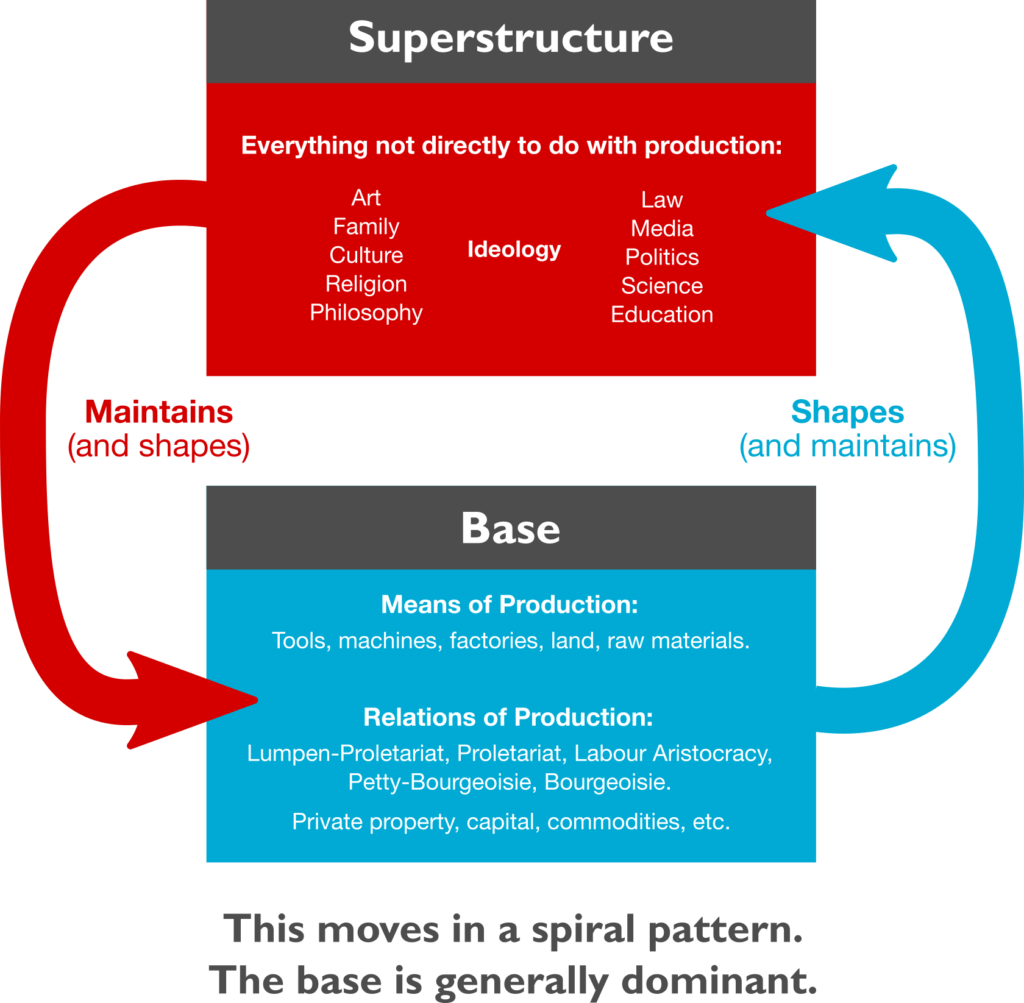Ta-Nehisi Coates is a compelling writer.
He works at the crowded left-liberal intersection, where we can find so much phooey. But Coates’s work isn’t phooey, which vaults him to the upper ranks of this crowd. He brings something new, I think particularly (though not exclusively) to white audiences.
I recently read We Were Eight Years in Power. It’s a collection of Coates’s essays from The Atlantic, placed into a common narrative. The common theme of Coates’s essays is black power and white backlash. This post is about his book, and I’ll include some page numbers in case anyone’s interested in following along.
But it’s not just about Coates’s book. I think it’s worth reading Ta-Nehisi Coates alongside one of his hardest-hitting critics internal to black political debate.
Coates is probably familiar to anyone in intellectual or political circles. But who’s Touré Reed?



